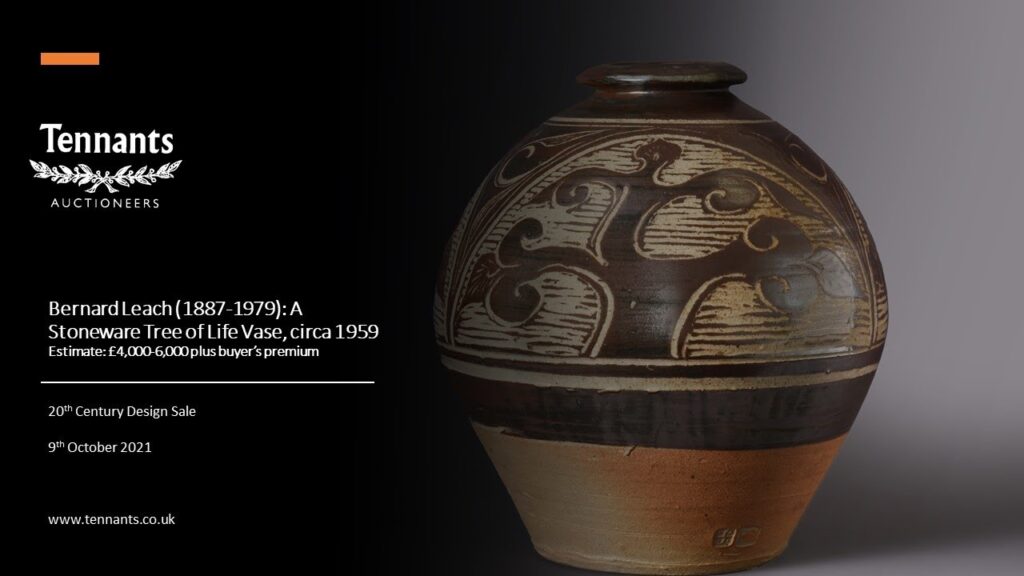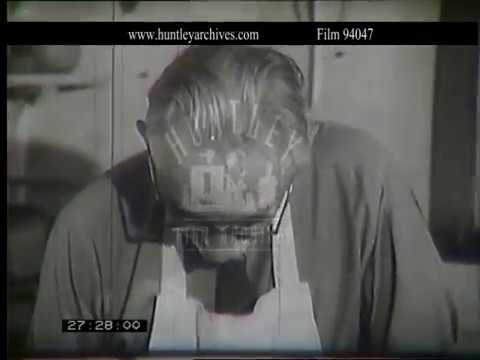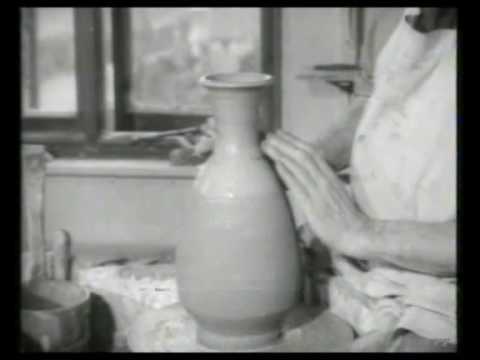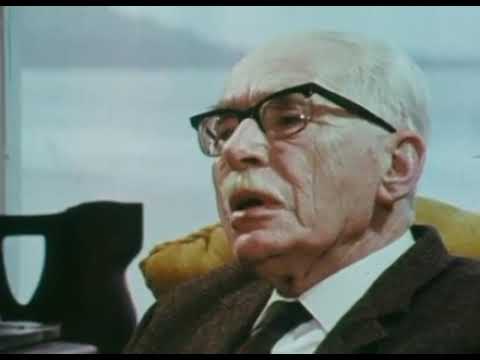Arts and crafts….pottery
Bernard Leach offers an insight into his life’s work……
Bernard Leach was born in Hong Kong studied oriental pottery in Japan. In 1920 philanthropist Frances Horne invited him to St Ives to join the newly formed Guild of Handicrafts and with Hamada Shoji he set up the Leach Pottery on the Stennack River. There they built a Japanese climbing kiln or noborigama and produced studio pottery driven by experimentation, simplicity and functionality. In 1932 he set up a pottery and a school at Dartington Hall in Devon.
Leach specialised in Raku ware or Japanese lead-glazed earthenware inspired by its use for Japanese tea ceremonies. He rejected the aesthetic perfection of fine art pots but recognised the need for industrial potteries to produce dinnerware. The glazing and firing techniques and the element of chance make Raku ware popular and unique. Leach hosted the first ever International Conference of Potters and Weavers in 1952 at Dartington Hall and his reach and influence were global. He received a knighthood in 1962 and in 1977 the Victoria and Albert Museum held a retrospective of his work. The Leach Pottery Studio, Museum and Gallery continue to inspire studio potters.
from swfta archives/BFI
the above description is from the BFI website








